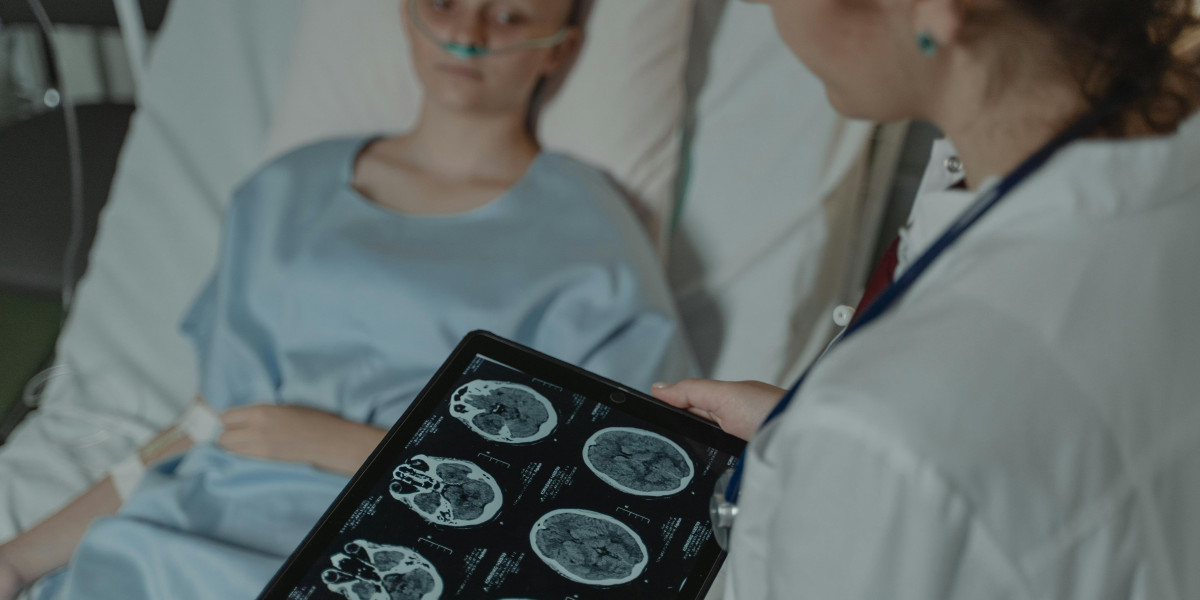These conditions are often characterized by complex pathologies and multifaceted symptoms, making it difficult to fully understand their mechanisms or develop effective treatments. Neurological disease models serve as vital tools in this field, providing researchers with a framework to study the biological, molecular, and behavioral aspects of these disorders.
What Are Neurological Disease Models?
Neurological disease models are systems designed to replicate the key features of human brain diseases. These models aim to mimic the disease’s genetic, cellular, or systemic characteristics to allow scientists to investigate its underlying mechanisms. By using such models, researchers can test hypotheses, explore treatment strategies, and identify biomarkers for early diagnosis and disease monitoring.
Key Types of Neurological Disease Models
Animal Models Animal models, particularly those involving rodents, have long been a cornerstone of neuroscience research. Through genetic engineering, researchers have developed transgenic models that express mutations associated with specific neurological diseases. For example:
Alzheimer’s Disease: Mouse models expressing human amyloid precursor protein (APP) have been instrumental in studying amyloid plaque formation.
Parkinson’s Disease: Rodent models with mutations in the LRRK2 or alpha-synuclein genes mimic key features of Parkinson’s pathology, such as dopaminergic neuron loss and motor impairment.
Despite their utility, animal models have limitations due to species differences in brain structure and biochemistry. These discrepancies can affect the translatability of findings to human conditions.
Cellular Models Cellular models, particularly those derived from human cells, provide a more direct approach to studying neurological diseases. Induced pluripotent stem cells (iPSCs) derived from patients’ skin or blood cells can be reprogrammed into neurons and glial cells. These models offer several advantages:
They allow for the study of patient-specific disease mechanisms.
They can be used for drug screening in a human-relevant context.
They help bridge the gap between animal studies and clinical trials.
For example, iPSC-derived neurons have been used to study tau protein aggregation in Alzheimer’s disease and motor neuron degeneration in ALS.
Organoid Models Brain organoids, or mini-brains, are three-dimensional structures derived from stem cells that recapitulate certain aspects of brain development and architecture. These models have been used to:
Investigate Zika virus-induced microcephaly.
Explore early-stage neurodevelopmental abnormalities in autism spectrum disorders.
Study genetic mutations linked to hereditary neurological diseases.
Computational Models Computational models simulate the brain’s neural networks and disease processes using mathematical frameworks and algorithms. These models are particularly valuable for:
Predicting the progression of diseases like epilepsy or Huntington’s disease.
Optimizing drug development by simulating pharmacological effects.
Understanding large-scale network disruptions in conditions like schizophrenia.
Applications of Neurological Disease Models
Understanding Disease Mechanisms Disease models allow researchers to explore how genetic, molecular, and environmental factors contribute to the onset and progression of neurological conditions. For example, models of multiple sclerosis (MS) have shed light on how immune system dysregulation leads to demyelination.
Therapeutic Development Neurological disease models are critical for preclinical drug testing. For instance, animal models of stroke have been used to evaluate neuroprotective agents, while iPSC-derived neurons have facilitated the screening of potential treatments for Huntington’s disease.
Biomarker Identification Models can help identify biomarkers for early diagnosis or disease progression. For example, cerebrospinal fluid and plasma biomarkers identified in Alzheimer’s models are now being tested in clinical studies.
Gene Therapy Research With the advent of CRISPR and other gene-editing technologies, neurological disease models have become instrumental in developing gene therapies. For example, animal models of spinal muscular atrophy (SMA) have facilitated the development of gene replacement therapies now approved for clinical use.
Challenges in Neurological Disease Modeling
Complexity of the Human Brain: Replicating the full complexity of human neurological diseases remains a significant challenge. Many animal models fail to capture the cognitive and emotional symptoms observed in humans.
Ethical Concerns: The use of animal models and embryonic stem cells in research raises ethical questions, prompting the need for alternative methods.
Translational Gaps: Treatments that show promise in preclinical models often fail in human trials, highlighting the need for improved model fidelity.
Future Directions in Neurological Disease Models
Integration of Multidisciplinary Approaches The future of disease modeling lies in combining various technologies. For example, organ-on-a-chip systems can integrate cellular models with microfluidic devices to replicate brain-environment interactions.
Advances in AI and Machine Learning These technologies can enhance computational models by analyzing large datasets, identifying patterns, and refining simulations for better predictive accuracy.
Personalized Medicine Patient-specific iPSC models and genetic data are paving the way for personalized therapies. Researchers can now test treatments tailored to an individual’s genetic makeup.
Ethical and Sustainable Alternatives Innovations such as in silico models and synthetic biology are reducing reliance on animal testing while maintaining research rigor.
Conclusion
Neurological disease models have transformed our understanding of brain disorders and continue to drive innovations in neuroscience. By replicating disease characteristics and providing platforms for testing new therapies, these models serve as indispensable tools in the fight against debilitating neurological conditions. As technology evolves, so too will the sophistication and utility of these models, bringing hope to millions affected by neurological diseases worldwide.















